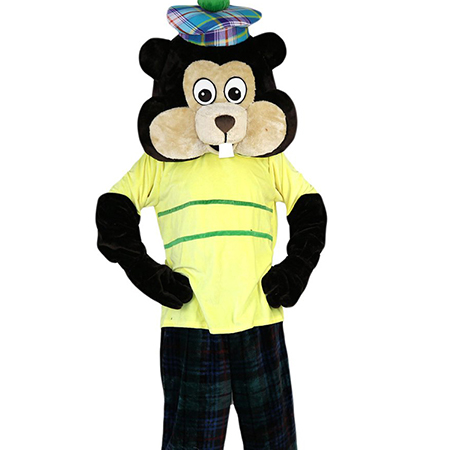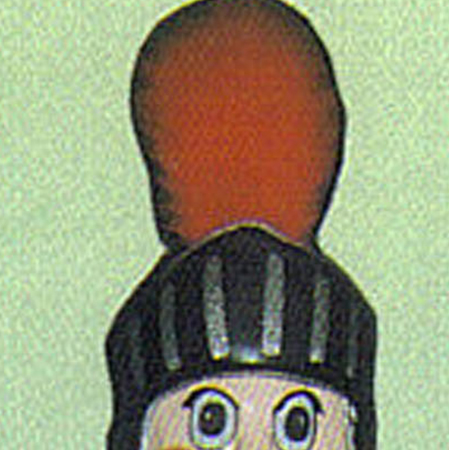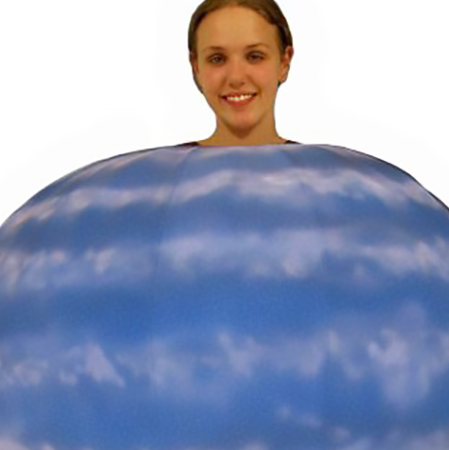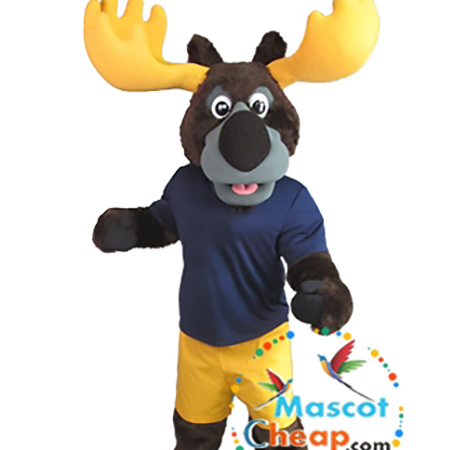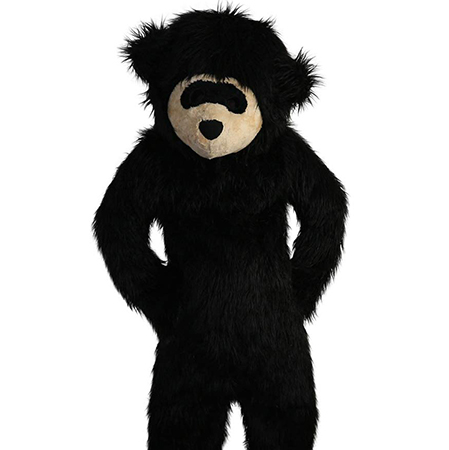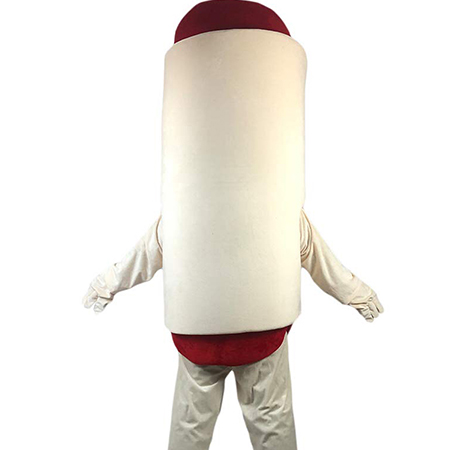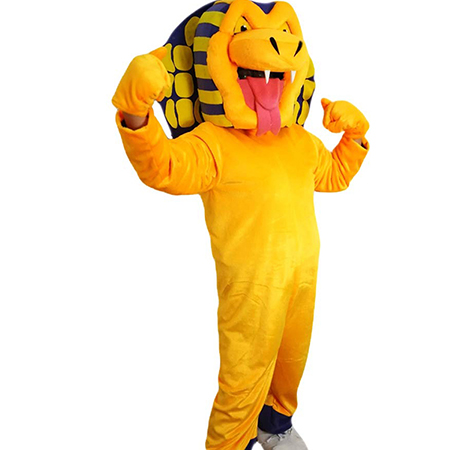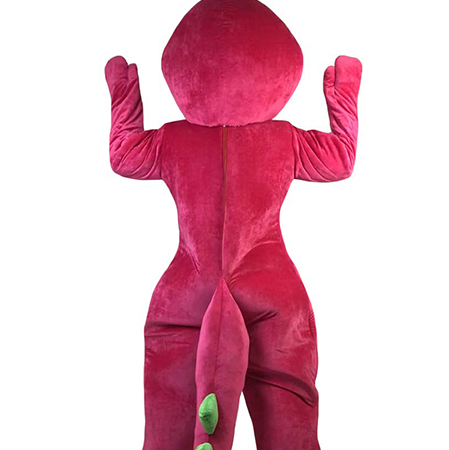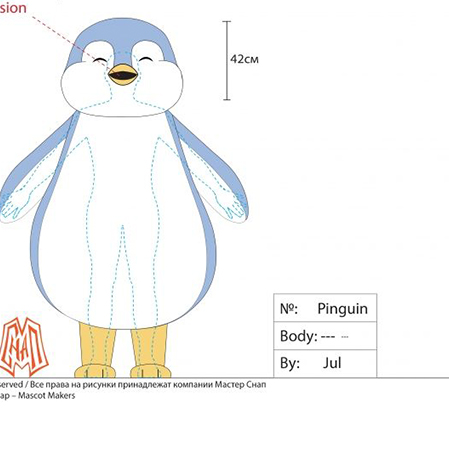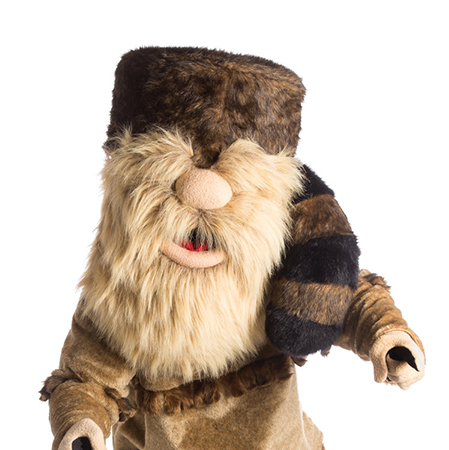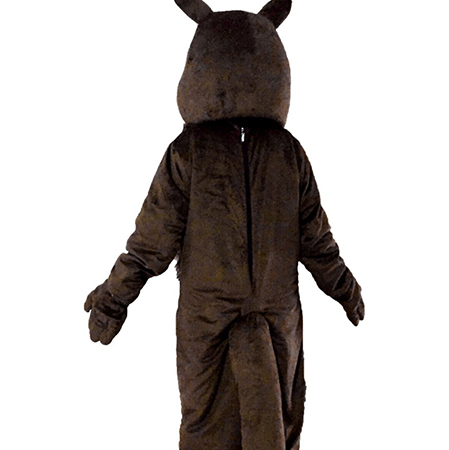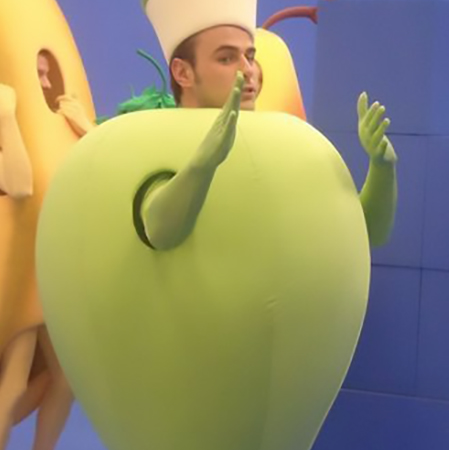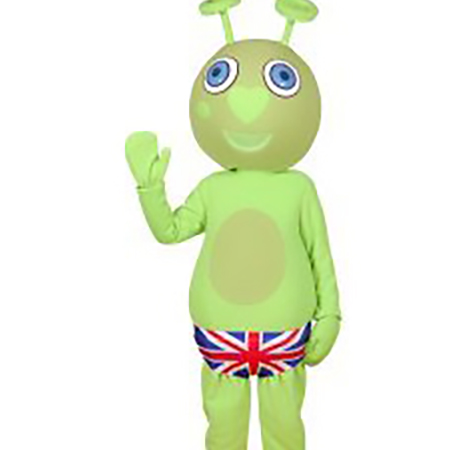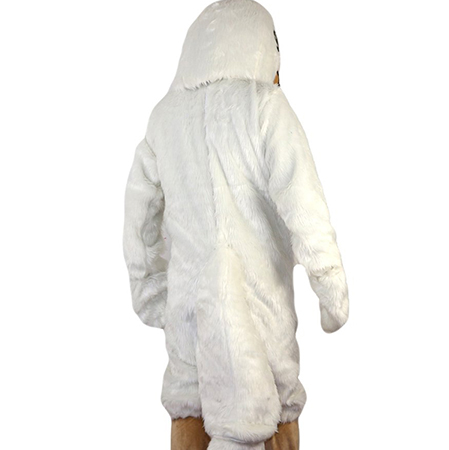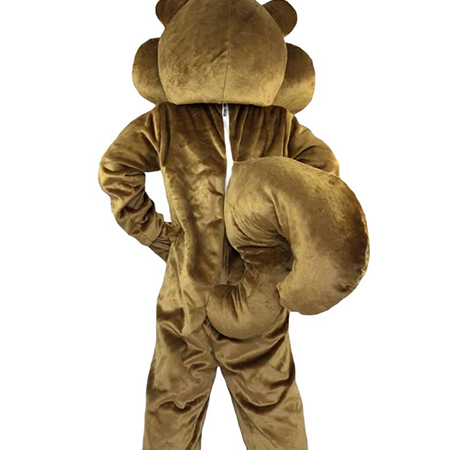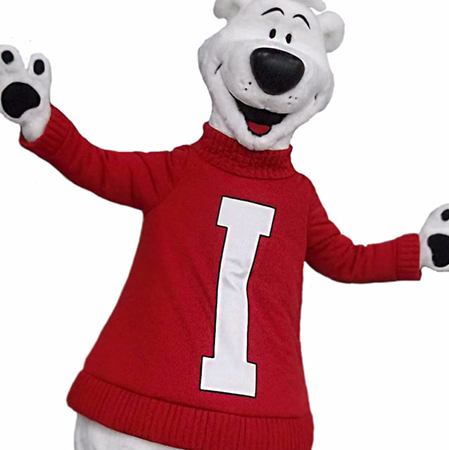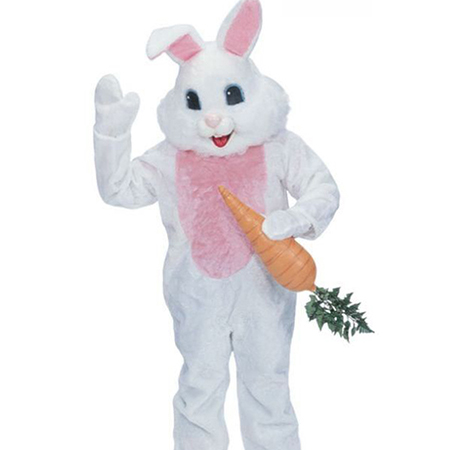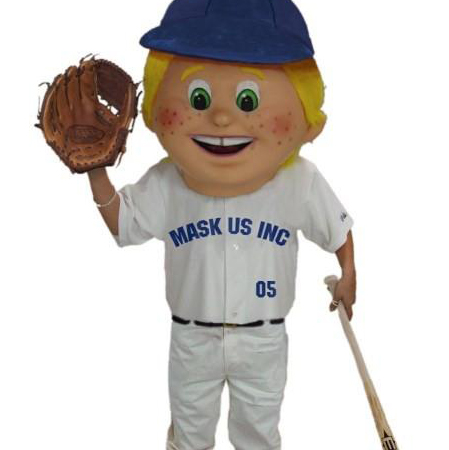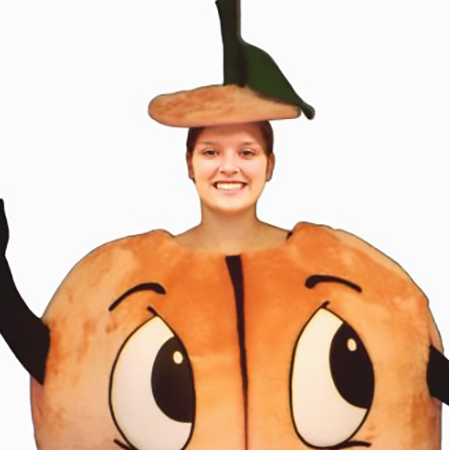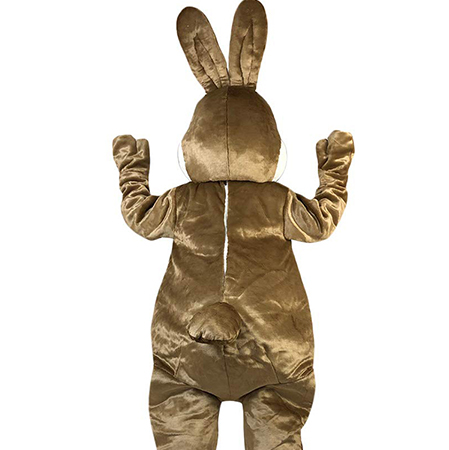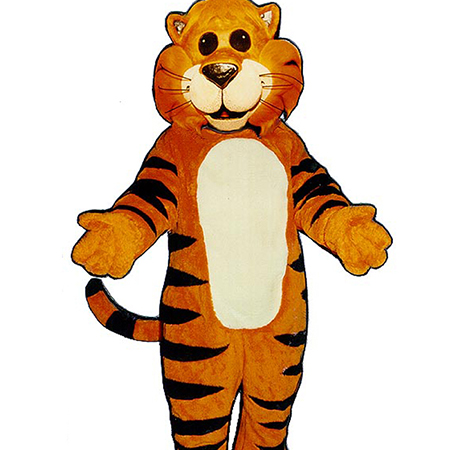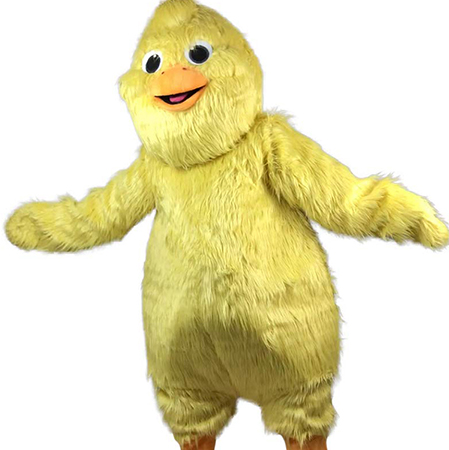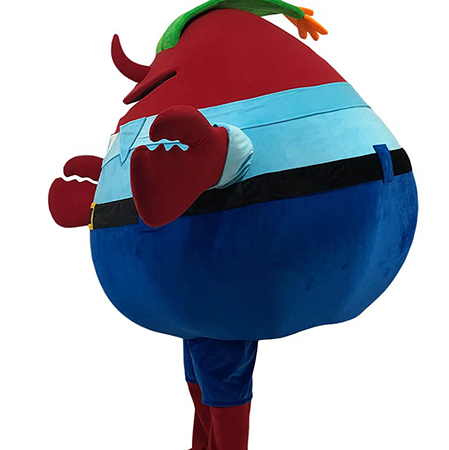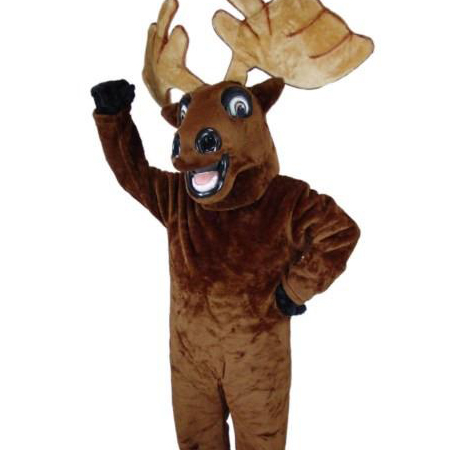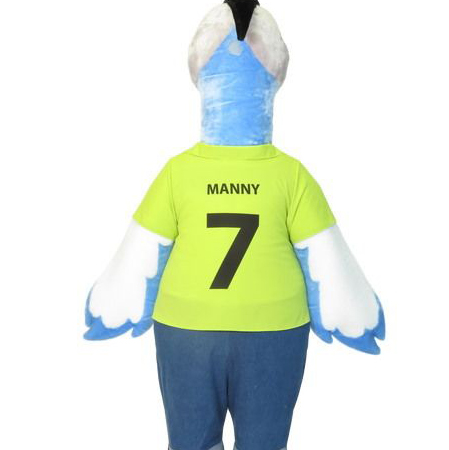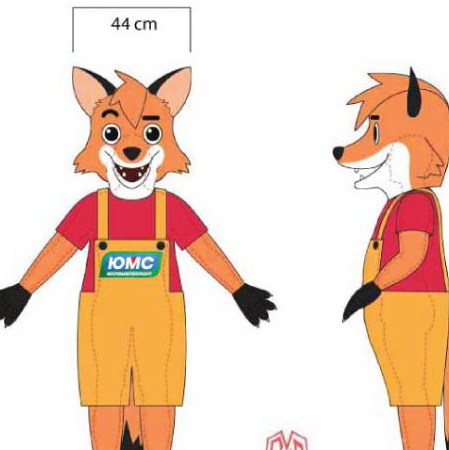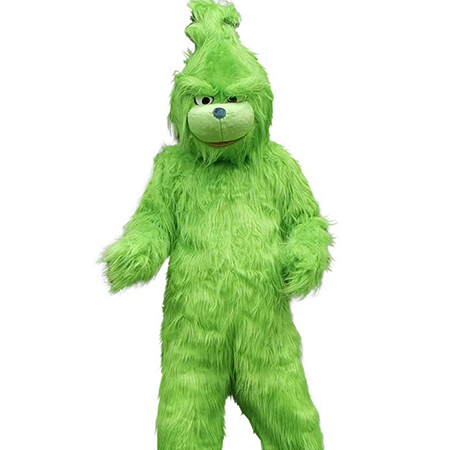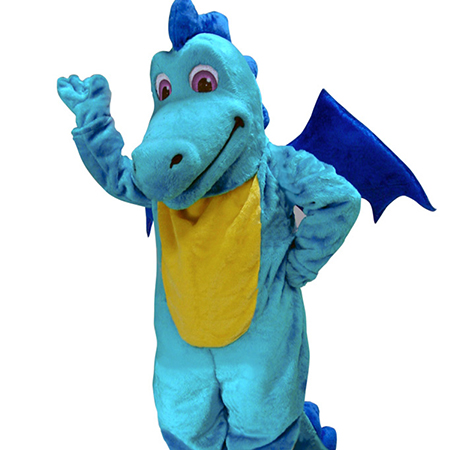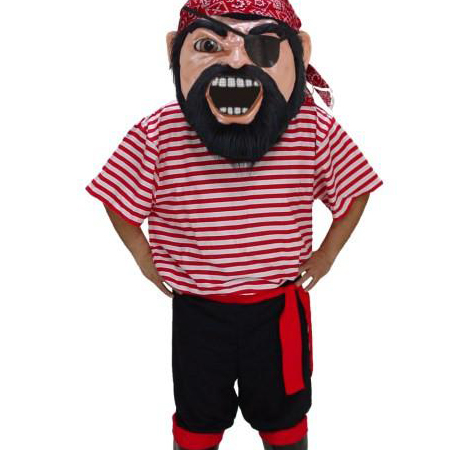Costume design plays a crucial role in the entertainment industry. Mascot costumes, in particular, serve as versatile tools that can undergo numerous transformations to bring various characters to life. By cleverly modifying and reimagining these costumes, designers unlock new dimensions of creativity, allowing one mascot costume to become several distinct characters.
One of the key factors in achieving such transformations is color. Simply changing the palette of a mascot costume can drastically alter its appearance. For example, a green and white costume might represent a friendly dragon for a children’s event. With minor adjustments and a splash of red and black, this same costume could embody a fierce dragon character for a more intense theme. The versatility of color allows mascot costumes to adapt to different contexts and moods effortlessly.
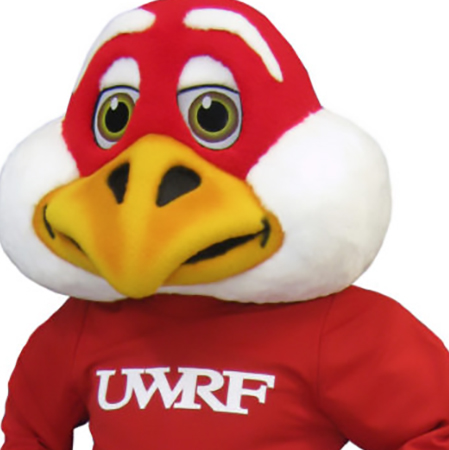
Another element contributing to the transformative power of mascot costumes is the addition or removal of accessories. A hat, glasses, or even a change in footwear can turn an ordinary mascot into something extraordinary. Consider a bear mascot; with the right accessories, it can transform into a detective bear for mystery-themed events or a chef bear for culinary festivals. These simple additions not only change the character’s identity but also enhance the overall narrative experience.
Furthermore, body language and movement play vital roles in distinguishing between characters. Even with minimal changes to the costume itself, performers can create unique personas through their actions and gestures. A gentle wobble and slow movements might make a mascot appear clumsy and endearing, suitable for a comedic character. Conversely, sharp, calculated motions can give the same mascot an air of stealth and mystery, perfect for an enigmatic persona.
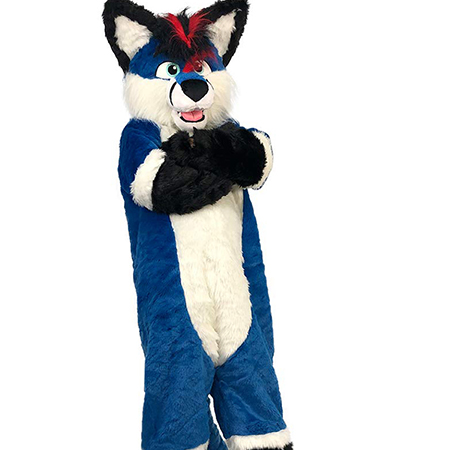
Lighting and special effects also contribute significantly to the metamorphosis of mascot costumes. Using spotlights, shadows, or LED lights strategically can create dramatic changes in appearance. A mascot costume under bright lighting may look vibrant and energetic, whereas dim lighting can add an element of suspense or mystery. Special effects like smoke machines or projected imagery can further enhance these transformations, making each character appear more dynamic and engaging.
Additionally, digital enhancements have revolutionized the potential of mascot costumes. Projection mapping technology, for instance, allows designers to superimpose different images and animations onto a single costume. This technique can turn a static mascot into a multifaceted performance piece, where the same base costume can display various characters depending on the projected visuals. It bridges the gap between physical costumes and digital artistry, offering endless possibilities for innovation.
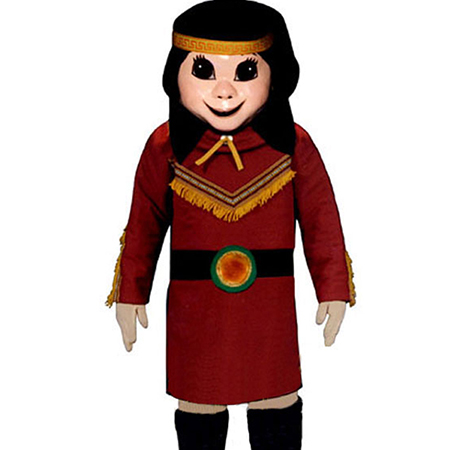
Finally, interactivity with the audience adds another layer of transformation. Engaging with the crowd can change how a character is perceived moment by moment. Whether through playful banter, interactive games, or spontaneous reactions, the personality of the mascot can shift fluidly based on the audience’s input. This dynamic interaction ensures that each performance is unique and tailored to the occasion.
In conclusion, mascot costumes are far more than simple outfits; they are canvases for boundless creativity. Through color, accessories, movement, lighting, technology, and audience interaction, one costume can undergo remarkable transformations to become multiple captivating characters. This versatility makes mascot costumes indispensable in the world of entertainment, where the ability to shapeshift is both an art and a science.
